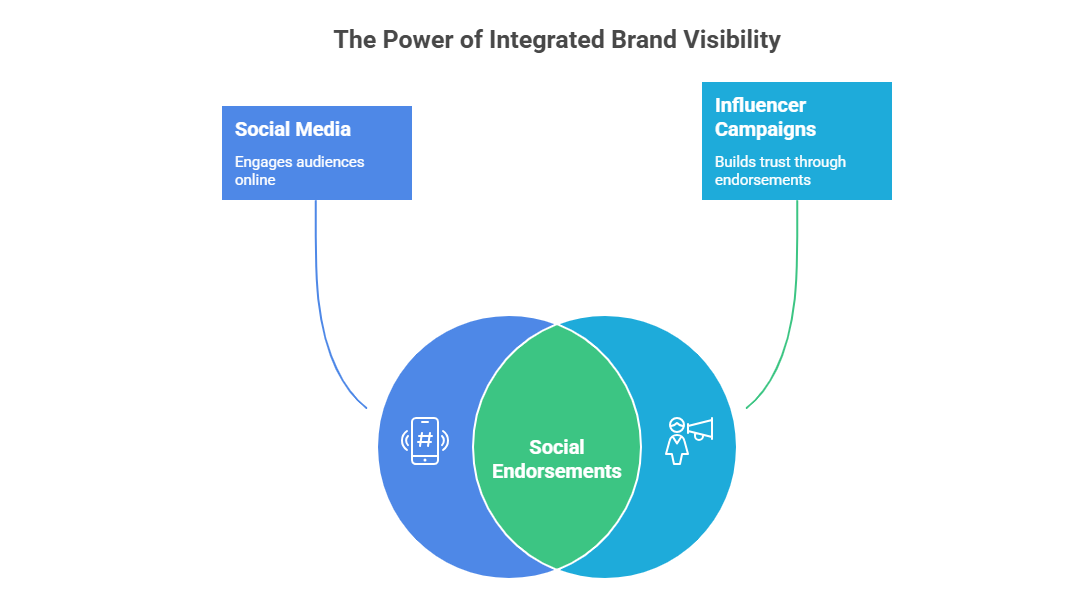
Why Your Brand Needs an Integrated Strategy
In today's digital landscape, a standalone SEO approach simply doesn't cut it. With AI developments and algorithm changes shifting the focus away from traditional methods, brands need to adapt.
The emphasis is now on integrated strategies that meet audiences where they already engage.
Connecting with Your Audience Across Platforms
Every potential customer interacts with brands on various platforms, from social media to online communities. It’s crucial that your marketing strategy mirrors this behavior.
Instead of just aiming for high keyword rankings, think about how you can create consistent brand mentions across multiple channels.
Benefits of a Holistic Approach
An integrated strategy not only boosts visibility but also fosters deeper connections with your audience. When your brand appears in social media posts, influencer campaigns, and press coverage, it promotes familiarity and trust—factors essential for converting potential leads into loyal customers.

Insights and Actions: Steps to Take
To start producing an integrated strategy, assess your current marketing approaches. Ask yourself: How often does my brand appear in circles relevant to my audience?
Where can I leverage influencer partnerships? These questions can guide you towards more holistic content creation.
Final Thoughts
The goal is to ensure that your brand is everywhere your audience is looking. As visibility shrinks within traditional search engines, the importance of an all-encompassing strategy becomes clearer.
Embrace integration, and you might just find the key to brand growth and greater engagement.
 Add Row
Add Row  Add
Add 




Write A Comment